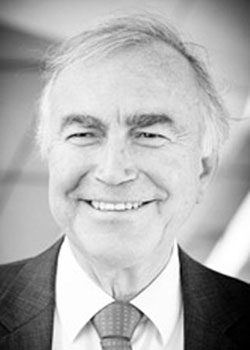The Patella
Training hours
of work from the Lyon school on patellofemoral pathology summarized in one course
Trainer, Prof. Philippe Neyret for this e-course

This 5-hour e-course dedicated to the “patella” takes up the work of the Lyon school on patellofemoral pathology. Do not dislocate your kneecap who wants! The basic anatomical and biomechanical reminders appear in the first lesson, then the factors of patellofemoral instability are presented synthetically in the “à la carte menu”. Then each of the factors, MPFL, trochlear dysplasia, TT-TG or high patella is presented analytically. They are each the subject of a specific course. Therapeutic treatment is widely explained and illustrated by examples involving complex situations. Pain is often at the forefront. The concept of knee migraine is presented and the management discussed. Finally, a very complete historical fresco on the contribution of the Lyon school to the treatment of patellofemoral pathology allows us to understand the reasons for the reasoning and therapeutic choices. This last course summarizes in 90 minutes more than 70 years of the work of the Lyon school.
The treatment of patellofemoral pathology, when well understood, most often achieves remarkable results. But it can also lead to disasters if the surgeon deviates from certain intangible rules. The surgeon must demonstrate great rigor in analyzing the situation and in his indications. Seventy years of practice have allowed the Lyon school to offer coherent reasoning and a therapeutic regimen now called the à la carte menu throughout the world. This e-course will allow you to avoid a lot of wandering and enjoy a unique experience in the world.
After this course you will know the difference between episodic dislocation of the patella, patellar pain syndrome or even potential patellar instability. You will also be able to recognize the constant, fundamental, main or secondary factors of patellar instability. You will be able to correct anomalies according to the a la carte menu or even carry out palliative procedures in order to simplify the surgery and its aftermath. Patellofemoral pathology is probably the main reason for consultation. More than ever, we must remember the adage “Primum non Nocere”.

